

William Stopford
The cars axed in 2025 that we'll miss the most
1 Day Ago

News Editor
Kia has given us a first look at some of the details of the more affordable models that’ll be offered in the redesigned 2022 Sportage range locally.
The Sportage is set to arrive in late October or early November 2021.
The images, published on Kia’s Korean site, show the different lighting, climate control and infotainment options that’ll be available across the range.
The Kia Sportage range currently comprises S, SX, SX+ and GT-Line models in Australia, though Kia could choose to align its nomenclature with the Sorento and Seltos and switch to S, Sport, Sport+ and GT-Line.
Kia hasn’t provided a model-by-model breakdown on its Korean site, though we can glean some details from its photo galleries.
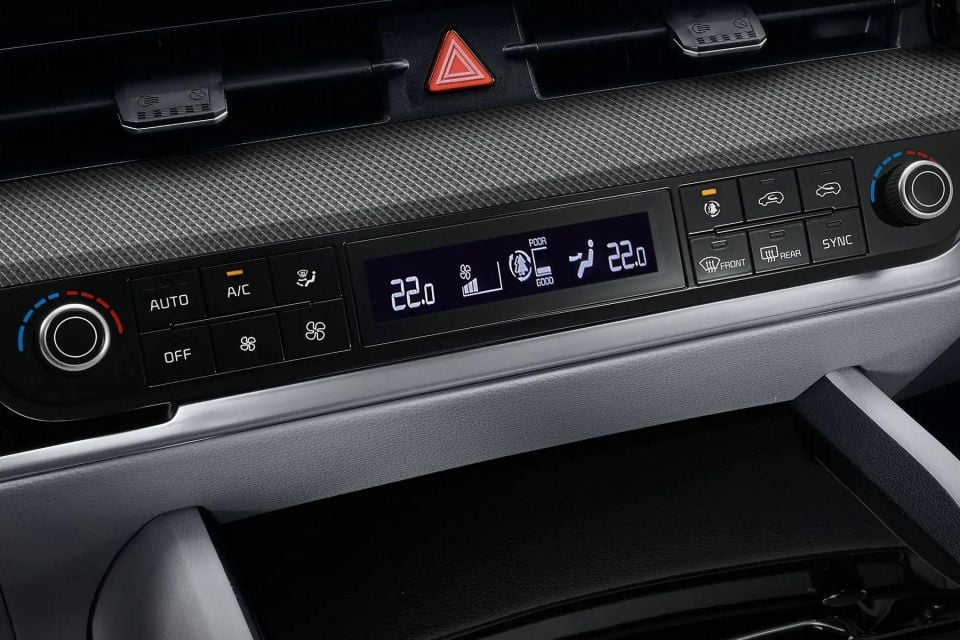
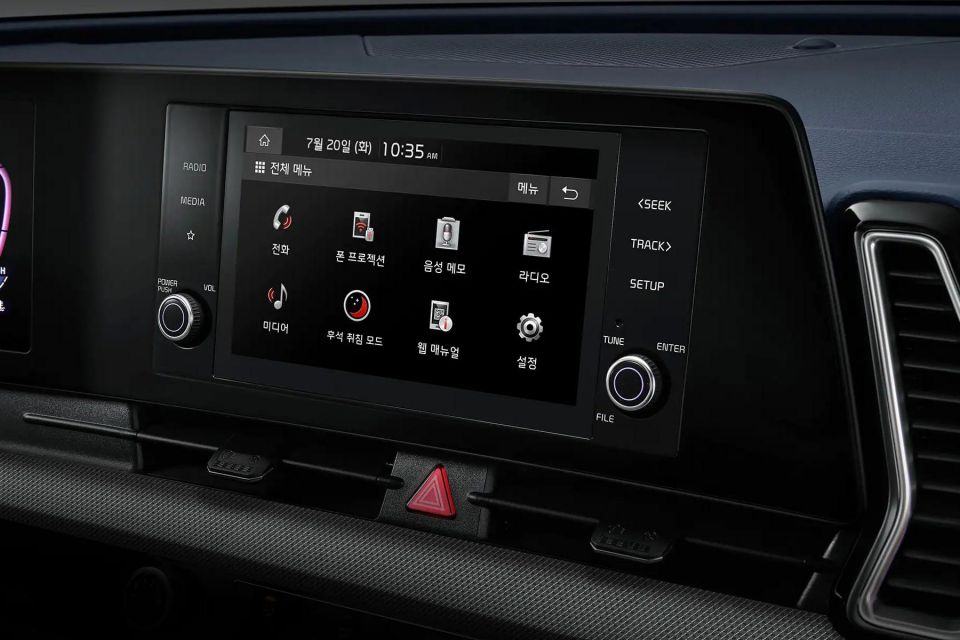
All Sportage models feature the same curved assembly into which the instrument cluster and infotainment system is placed.
The smallest touchscreen infotainment system measures 8.0 inches, and is flanked by a couple of knobs and some touch-sensitive controls finished in black.
We expect it to offer wireless Apple CarPlay and Android Auto but no satellite navigation.
Kia will offer three different climate control set-ups in Korea.
The simplest comprises Hyundai Motor Group’s conventional parts-bin manual air conditioning switchgear, though the Sportage S will likely continue to offer dual-zone climate control as standard.
This consists of conventional buttons plus two knobs, flanking a small monochromatic screen.


No imagery has been released of an analogue instrument cluster, though if the Sportage’s Hyundai Tucson cousin is anything to go by, one may feature on the base model.
Likewise, we haven’t seen any images of a halogen headlight set-up. This could suggest the company is banishing the increasingly obsolete headlight technology, though the Tucson still uses halogen headlights in base and Elite guise.
Alternatively, we could see LED headlights as standard, though the standard front lighting set-up in Korea appears to include halogen indicators.
The combination tail lights look to eschew LEDs for the main lights, though there appears to still be an LED signature.
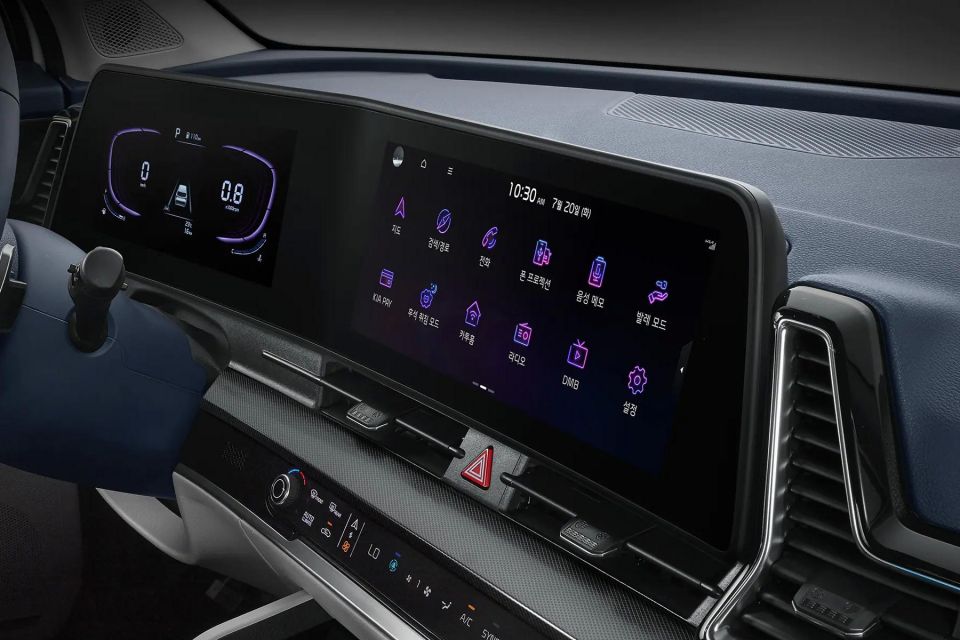
Stepping up to these mid-range models will likely involve an upgrade to the larger 12.3-inch touchscreen infotainment system.
As we’ve come to expect from Hyundai and Kia, this larger unit will likely feature satellite navigation but only wired Android Auto and Apple CarPlay as the Hyundai Motor Group’s stalemate with an unspecified tech giant continues.
“The tech giant is extremely insistent that unless their map is the default map, they won’t grant the licence,” Kia Australia product planning head Roland Rivero told CarExpertearlier this year.
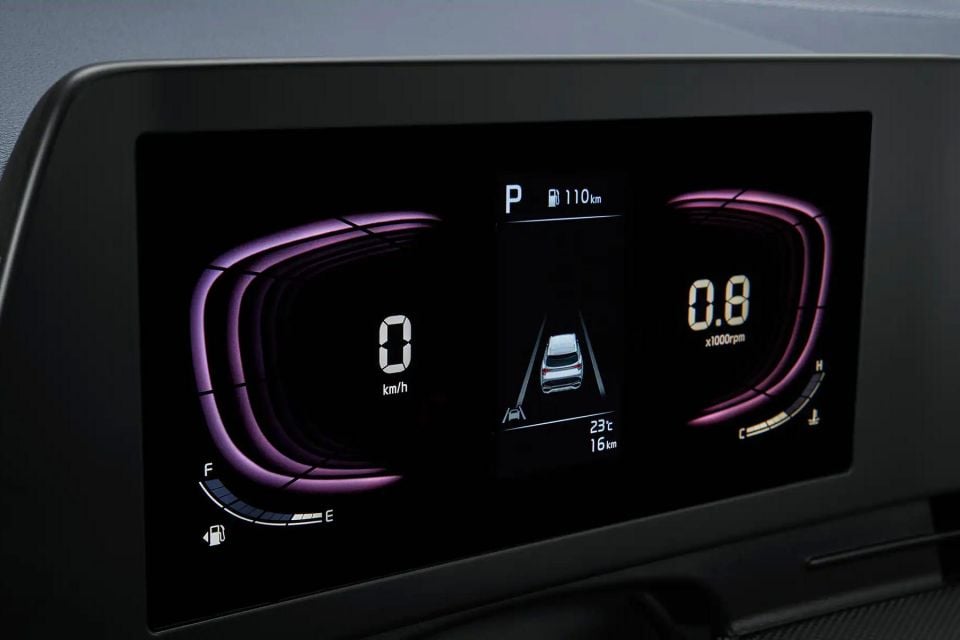
“Until that matter is resolved, in fairness, from an R&D perspective, we’ve developed our own map and a lot of resources and money have been spent on developing an OEM map, I can’t say when that’ll be resolved.”
The further up the range, the fewer buttons you’ll see. That applies to the climate control, where there’s a neat panel of touch-capacitive controls bookended by two knobs.
Looking over to the instrument cluster, we can see digital gauges flanking the company’s standard 4.2-inch TFT LCD information display.
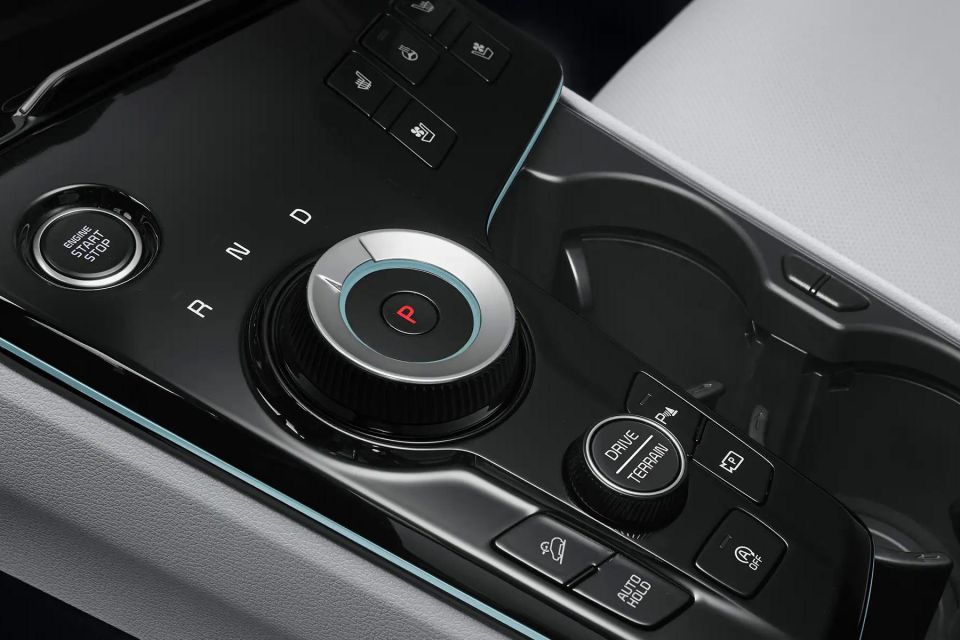

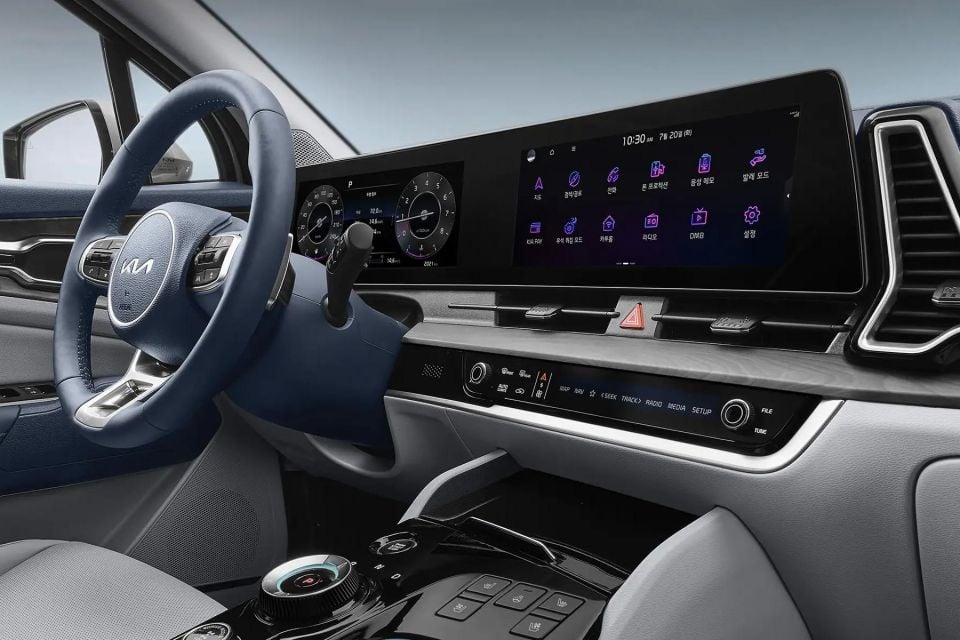
Stepping up to the flagship variant adds a full digital instrument cluster, though the size hasn’t been specified.
It will also include a rotary dial transmission shifter, controls on the front passenger seat allowing rear passengers to move it back and forward, and USB-C outlets on the front seatbacks.
It isn’t clear whether these features will be available in lesser Sportage models.
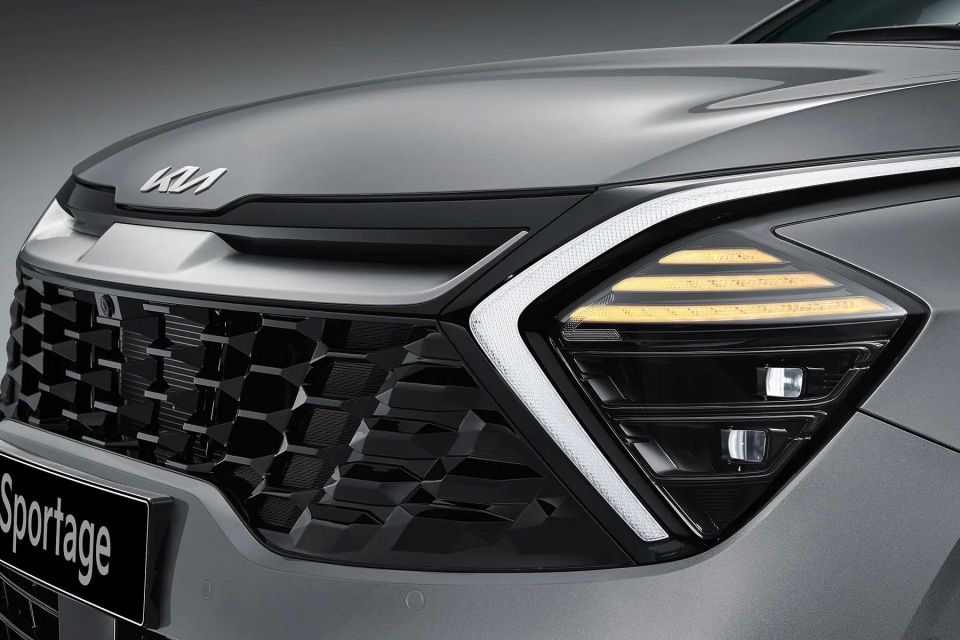
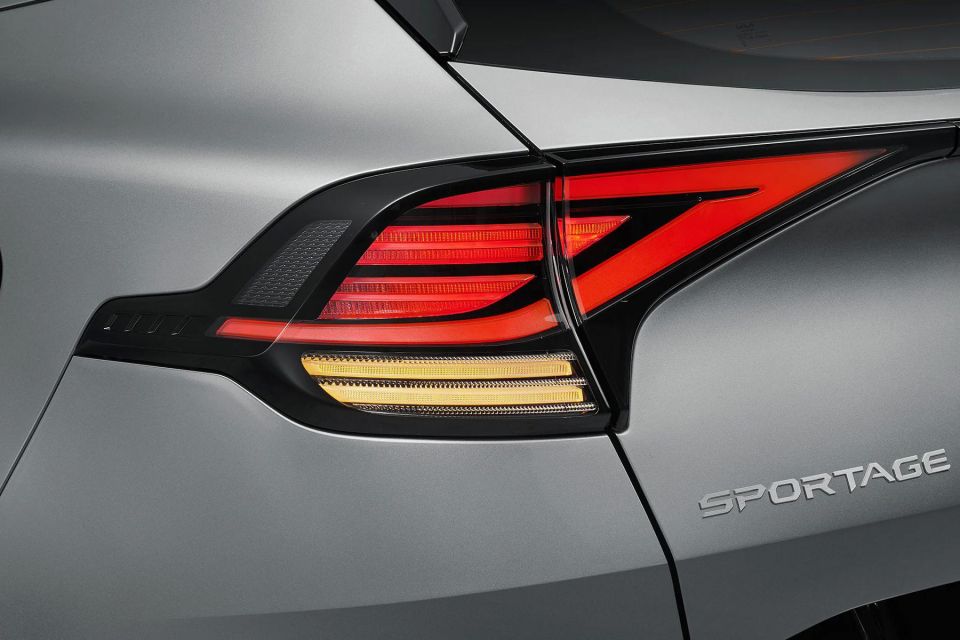
The LED headlights are upgraded to projector LED headlights with LED indicators, while LED fog lights are also standard.
The tail lights are also fully LED, including the brake lights and indicators.
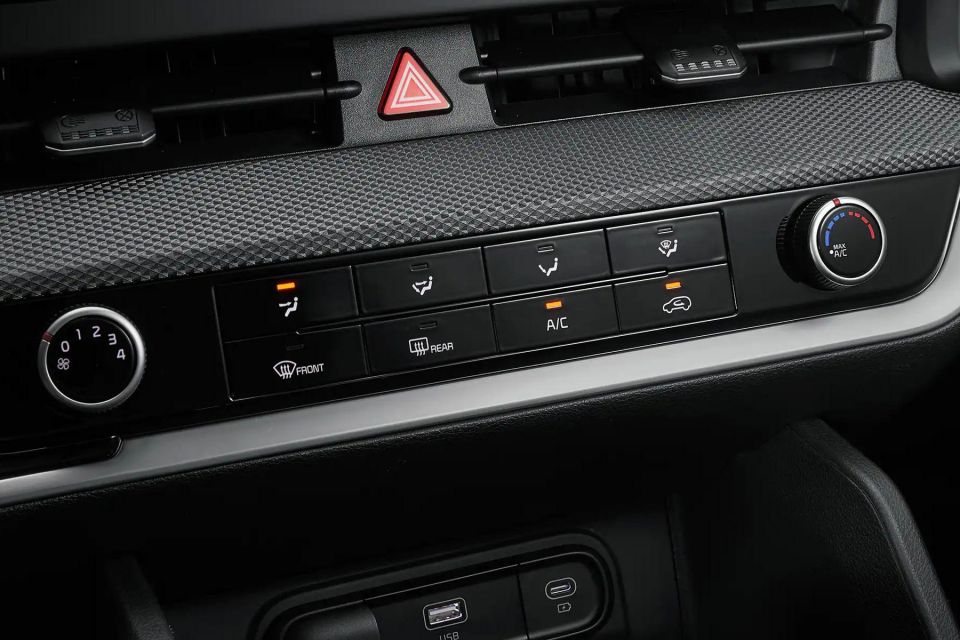
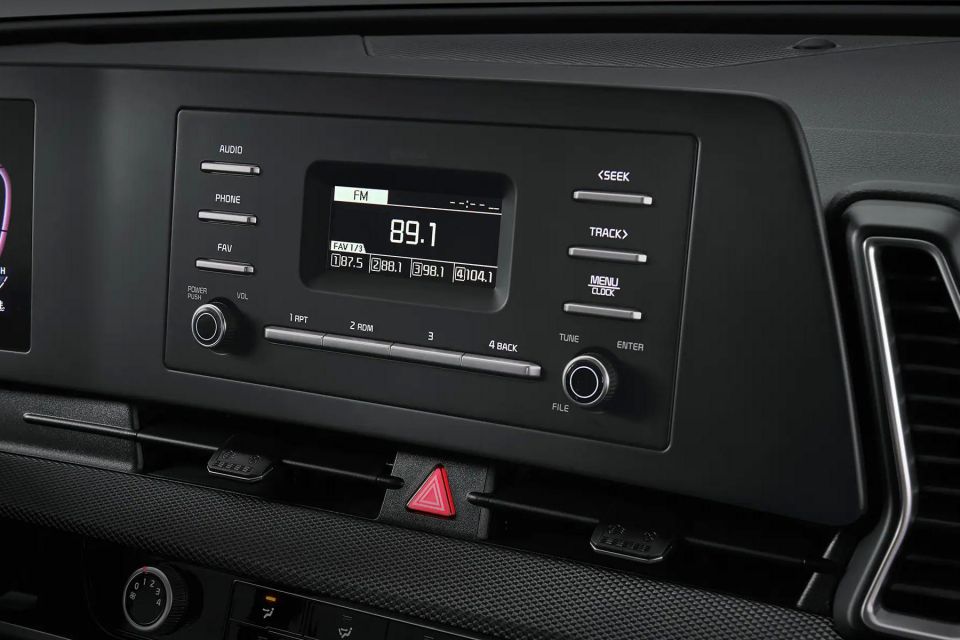
In the Korean market, Kia will even offer a tiny monochromatic screen in lieu of a touchscreen. There’s essentially no chance this will come here.
The Sportage will offer a choice of two petrol engines and a diesel engine, shared with the related Hyundai Tucson.
Unlike Hyundai, Kia won’t stagger the rollout of these powertrains.
The range will open with a naturally-aspirated 2.0-litre ‘MPI’ four-cylinder engine with 117kW of power and 191Nm of torque – oddly 2kW more and 1Nm less than the Hyundai according to Kia’s press release.
Above it will sit a turbocharged 1.6-litre four-cylinder petrol engine with 132kW of power and 265Nm of torque and a 2.0-litre turbo-diesel four-cylinder engine with 137kW and 416Nm.
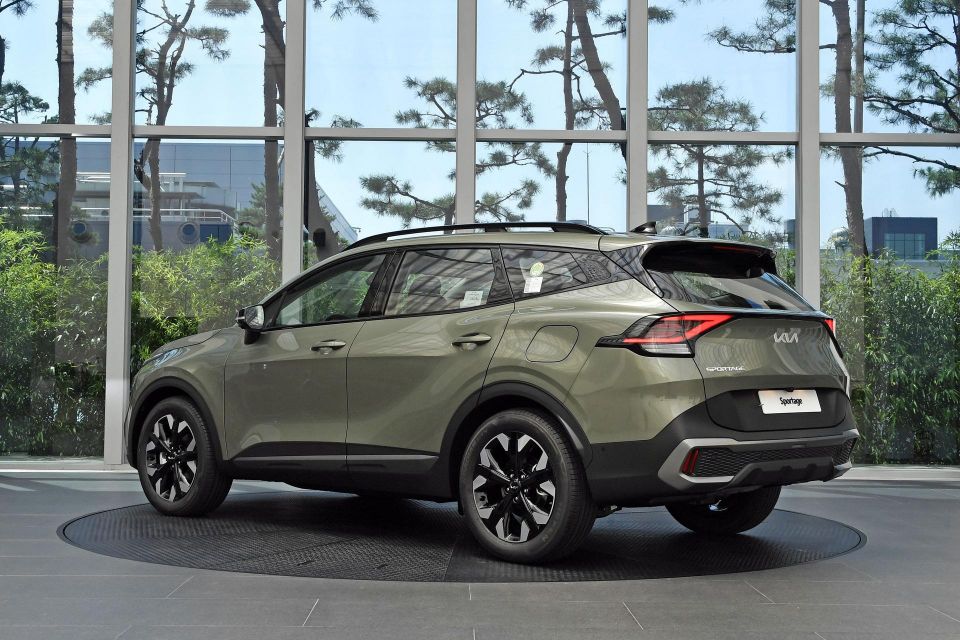
Kia Australia hasn’t specified which transmissions and drive layouts these engines will come with, but expect the 2.0-litre petrol to use a six-speed torque-converter automatic and the 1.6-litre petrol to use a seven-speed dual-clutch automatic as on the Tucson.
The diesel is expected to be mated to an eight-speed torque-converter automatic transmission Kia says has been extensively re-engineered for improved control stability and response.

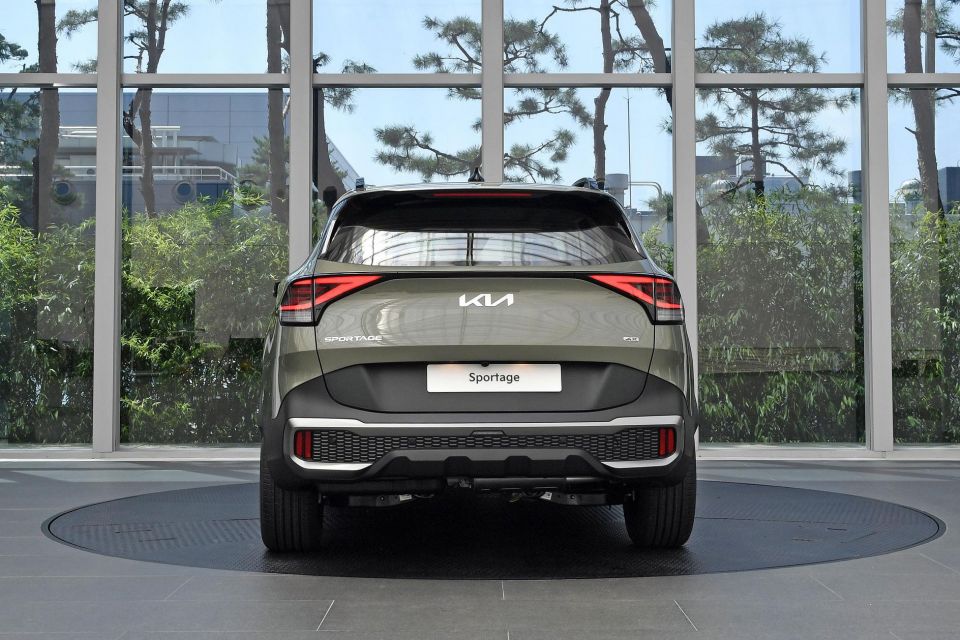
As on the Tucson, the 2.0-litre will likely be front-wheel drive-only while the other powertrains will come with all-wheel drive.
Kia Australia has also said it’s keen to bring the new hybrid Sportage here.
The hybrid Sportage’s drivetrain mates the turbocharged 1.6-litre petrol engine with a 44kW and 264Nm electric motor and a six-speed automatic transmission.
We believe system outputs to be 169kW and 350Nm.
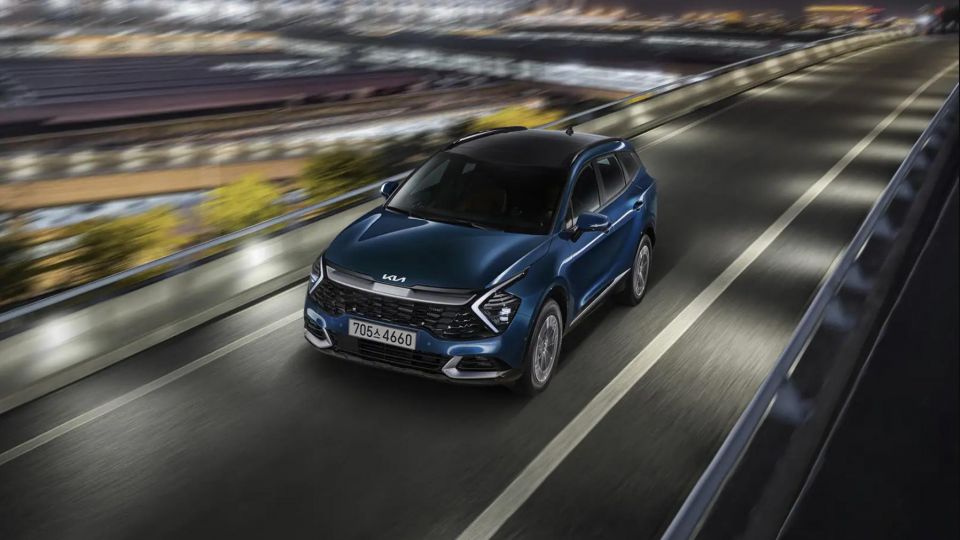
“We are pretty keen and seriously looking at the [Sportage] hybrid,” Kia Australia’s general manager of product planning Roland Rivero told CarExpert in June.
“We just need to make sure the numbers work for us. We think it can.”
While the outgoing car offers a 179kW/352Nm turbo-petrol 2.0-litre four with a six-speed auto in North America, we’ve never received a turbo-petrol Sportage locally, let alone a turbo-petrol hybrid.
Instead, the current model offers only a naturally-aspirated 2.4-litre four as an up-level petrol engine, producing 135kW and 237Nm.
MORE: Everything Kia Sportage
Where expert car reviews meet expert car buying – CarExpert gives you trusted advice, personalised service and real savings on your next new car.
William Stopford is an automotive journalist with a passion for mainstream cars, automotive history and overseas auto markets.


William Stopford
1 Day Ago


Matt Campbell
1 Day Ago


William Stopford
2 Days Ago


Josh Nevett
4 Days Ago


CarExpert.com.au
5 Days Ago


Josh Nevett
6 Days Ago